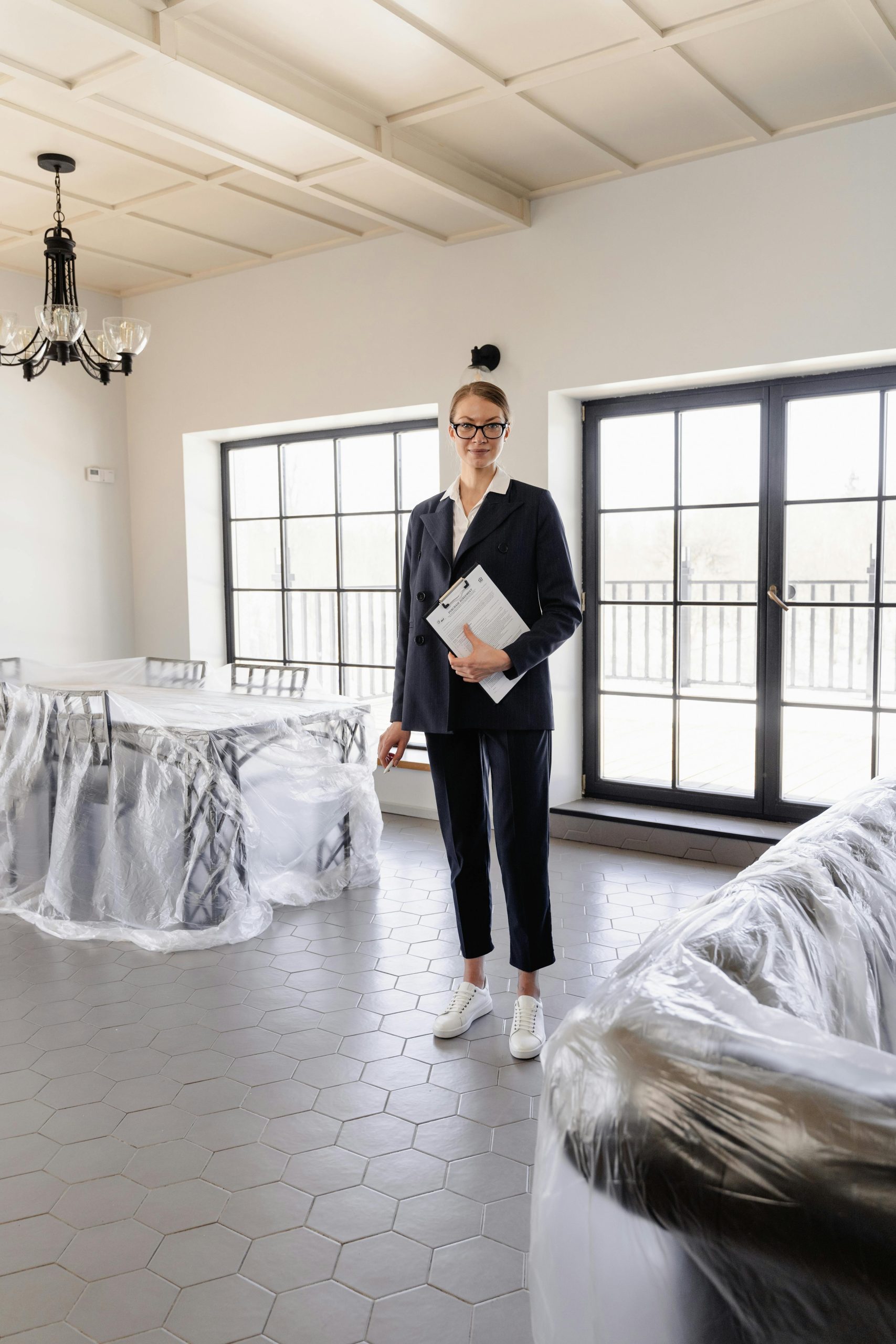Resolving the “GPT Protective Partition” Issue in Windows 10: A Comprehensive Guide
Introduction
Encountering storage device problems can be frustrating, especially when Windows fails to recognize or properly access a drive that appears healthy on other operating systems. A common scenario involves a USB or internal HDD showing as “GPT Protective Partition” in Windows 10, with incorrect size readings, yet functioning flawlessly under Linux. This article explores the underlying causes of this issue and provides effective troubleshooting steps to resolve it.
Understanding the “GPT Protective Partition” Message
GUID Partition Table (GPT) is a modern partitioning scheme used by newer drives. When Windows detects a GPT disk with a protective partition, it often indicates that the disk’s partition table is not recognized or that Windows perceives potential corruption or incompatibility. The “healthy (GPT protective partition)” status in Disk Management suggests Windows is safeguarding the drive, preventing access to potentially damaged or unsupported partitions.
Common Causes and Observations
- Previous partition remnants or inconsistencies
- Disk formatting or partitioning changes made via Linux or other tools
- Cached partition data retained by Windows across reboots
- A discrepancy between Windows and Linux disk recognition
Case Study
In a typical scenario, a user notices that their external HDD is inaccessible in Windows 10, with Disk Management displaying it as “Healthy (GPT protective partition).” Despite attempts to format or clean the disk using Windows’ DiskPart utility’s clean command, the problem persists. Conversely, when booting from a live Linux environment, the disk is fully accessible, readable, and writable, indicating the hardware itself is intact and functioning correctly.
Troubleshooting and Resolution Steps
-
Verify Disk Health in Linux
-
Use commands like
lsblk,fdisk -l, orgdisk -l /dev/sdXto confirm the disk’s partition structure. -
Ensure there are no hardware issues or SMART errors with tools like
smartctl. -
Remove Existing Partitions and Reinitialize the Disk
-
In Linux, use GParted or
gdiskto delete all partitions and wipe the partition table. -
Double-check that no residual protective barriers remain.
-
Use DiskPart in Windows Carefully
-
Open Command Prompt as Administrator.
- Use
diskpartto select the target disk (select disk X) and executecleanorconvert GPT. -
Be cautious: repeated
cleancommands may need to be combined with disk initialization. -
Re
Share this content:



